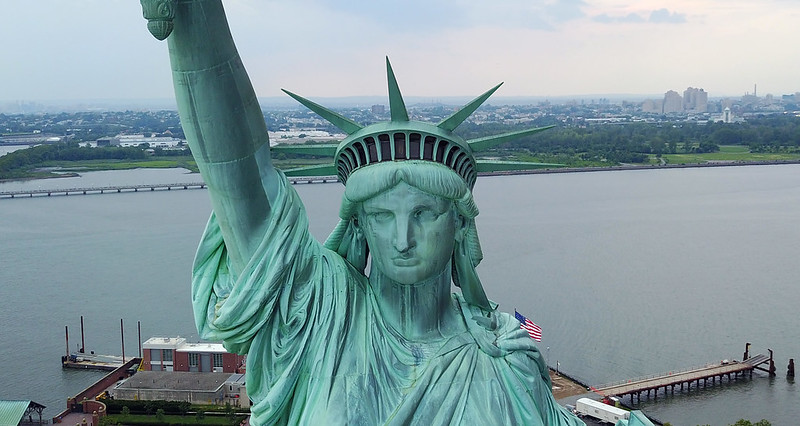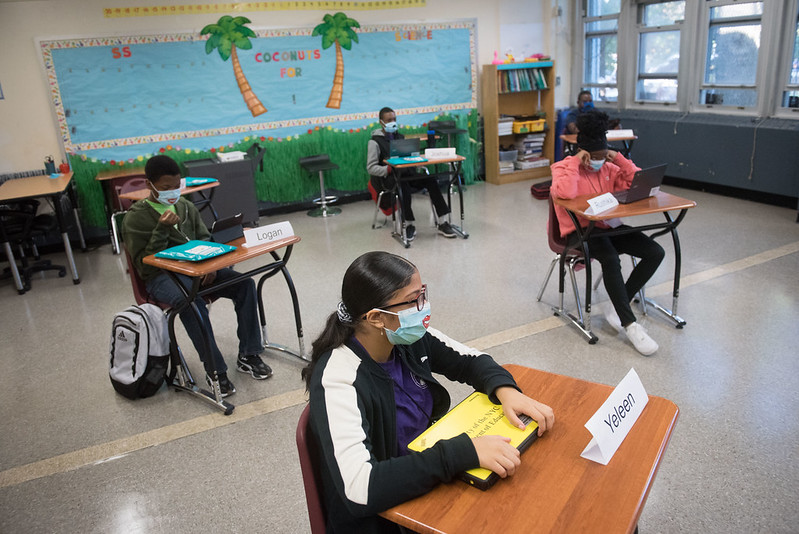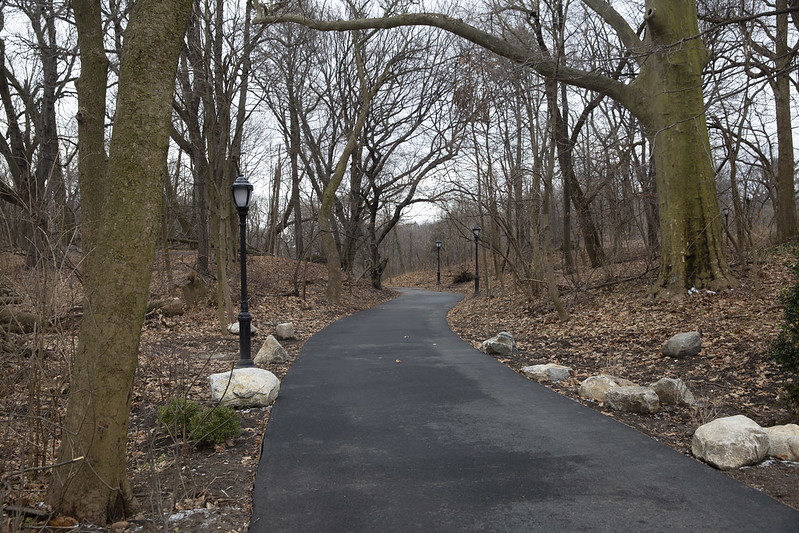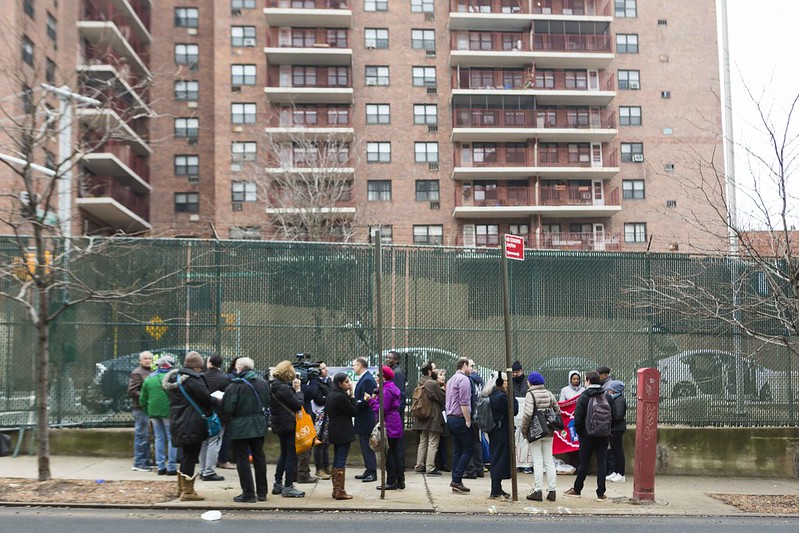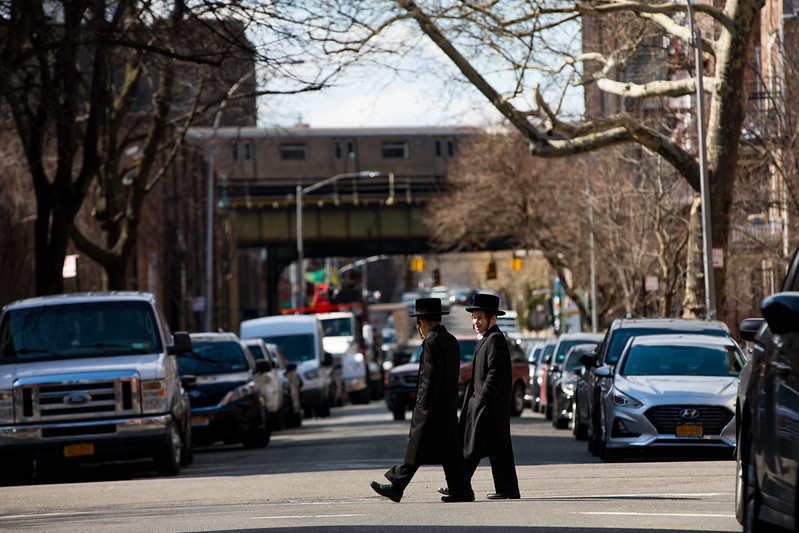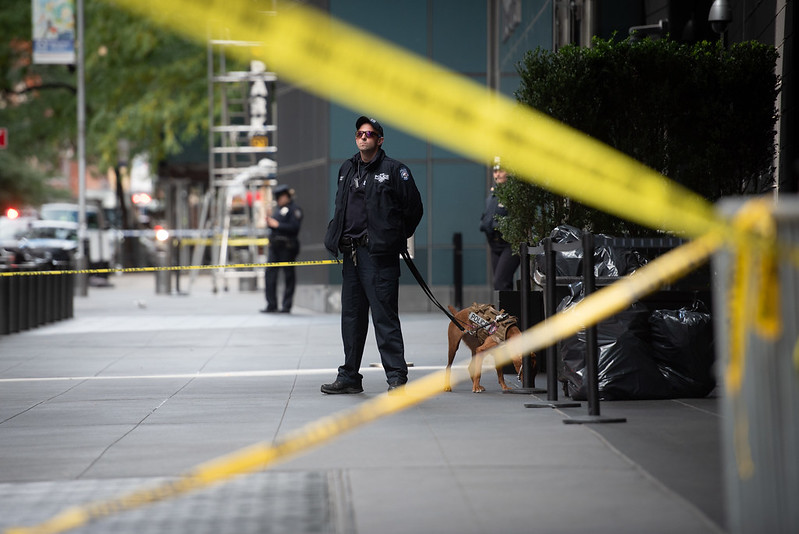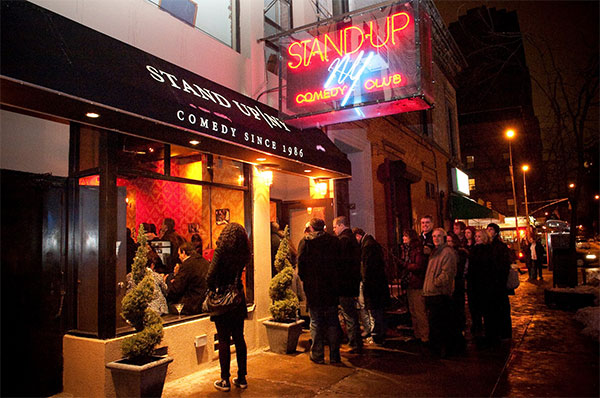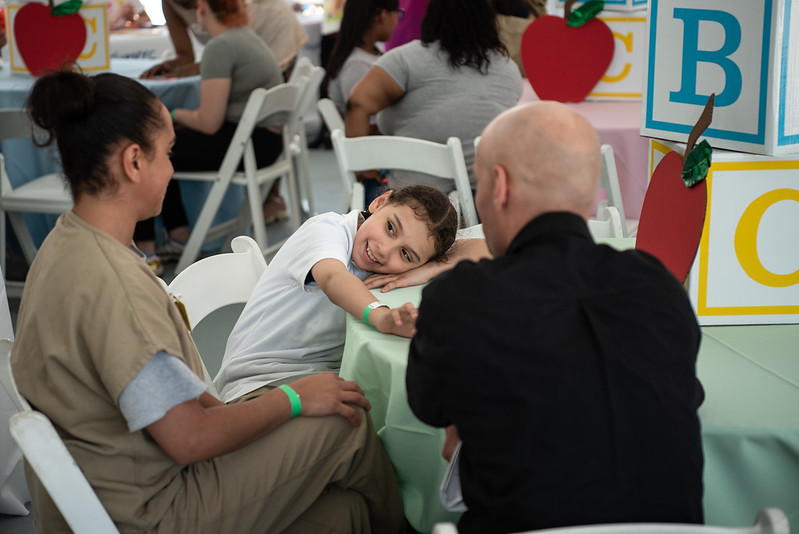
New Yorkers in need (photo: Michael Appleton/Mayor's Office)
Governor Andrew Cuomo has long-championed himself a progressive criminal justice reformer, committing his administration to “creating a fairer, safer, and more just system for all New Yorkers.” Yet his proposed 2021-2022 budget sharply contradicts this vision.
Not because he plans to continue closing state prisons as the incarcerated population drops. Though, we oppose his request for the ability to shutter correctional facilities with far less notice than the existing one-year requirement. When a closure looms, communities, inmates, and inmates’ families need ample time to make life-changing decisions.
Cuomo’s proposed budget is counterproductive because it would slash state-sponsored mental health and at-risk youth services, the very alternatives to incarceration needed to further reduce jail and prison populations. He wants to cut a whopping 446 positio ns at the Office of Mental Health due to attrition and nearly 300 inpatient beds for those with severe mental illness.
If anything, we should be investing more in these public services, especially during the pandemic and its aftermath. Rather than forcing the most vulnerable New Yorkers to shoulder the brunt of a sputtering economy, we should be leaning on those who can afford to pay more in taxes.
One of us is a parole officer and the other a licensed social worker. We’ve seen firsthand how our criminal justice system is deeply intertwined with our mental health system.
This is no exaggeration: Jails have become New York’s biggest mental health institutions. Rikers and other New York City jails have more patients with a mental health disorder than all the city’s hospitals. Statewide, some 15% of state prison and 26% of municipal jail inmates and detainees suffer from serious psychological distress, numbers far exceeding the non-incarcerated population (5%).
The proposed state cuts are the latest in a decades-long trend that has left people living with mental illness more likely to be arrested and incarcerated than receive the care they need. Between 2010 and 2016, New York’s public psychiatric beds were cut by 35%. Since 2010, staffing at the state’s Office of Mental Health (OMH) has been cut 17%, while staffing levels at the state’s Office for People with Developmental Disabilities has been slashed 15%.
The recent subway attack in New York City put human faces on these abstract statistics. Rigoberto Lopez, who allegedly stabbed and killed four people, was believed to be suffering from a mental illness when he was arrested multiple times in recent years. One of his victims in the stabbing had recently been hospitalized in a psychiatric ward.
One of the more worrying cuts is the proposed closure of Rockland Children’s Psychiatric Center in Orangeburg. This would force children and youth who require intensive, inpatient care for severe illnesses such as bipolar disorder to be relocated to the Bronx. It would also force families to travel further to stay involved in their child’s care.
Shifting to “brief, intensive, community-based care” sounds promising on paper. But the experiences of other states show that privatization of mental health care is a fool’s errand.
In 2015, then-Iowa Governor Terry Branstad drew fierce criticism for closing two state psychiatric hospitals, forcing elderly patients to move to private nursing homes. The criticism was warranted. Three longtime patients from one of the hospitals died shortly after being transferred.
When Utah considered privatizing forensic psychiatric care in 2010, its state legislature determined that cost savings may only result from reducing staff compensation, which could lead to high turnover rates and increased harm to patients.
In 2017, Alaska commissioned a study to find out whether privatizing a psychiatric facility would save money but concluded: “Our findings demonstrate that continued state management is not only the most advantageous route for generating overall cost savings, but that it also avoids many of the risks involved in contracting out the management of critical public infrastructure.”
Relying on our already-strained criminal justice system for mental health care isn’t working. We should invest in and expand services for our most vulnerable.
And we can afford it. Middle-class and low-income New Yorkers currently pay higher effective tax rates than billionaires and multi-millionaires. Let’s fix that and fund the important public services that keep our state safe, healthy, and thriving.
Governor Cuomo quoted himself at the top of his pandemic poster: “Wake up, America. Forget the politics, get smart.” Let’s wake up. Cutting and privatizing mental health care isn’t the smart thing to do.
***
Wayne Spence is a parole officer and Randi DiAntonio is a social worker. Spence is also the president of the Public Employees Federation (PEF), a union representing more than 50,000 New York State employees, including almost 6,000 at the Office of Mental Health. DiAntonio is a vice president of PEF, which is part of NYS Fund Our Future: A coalition of union, community and thought leaders building a thriving New York by making the case for government in the public interest. On Twitter @NYSPEF.
***
Have an op-ed idea or submission for Gotham Gazette? Email This email address is being protected from spambots. You need JavaScript enabled to view it.
